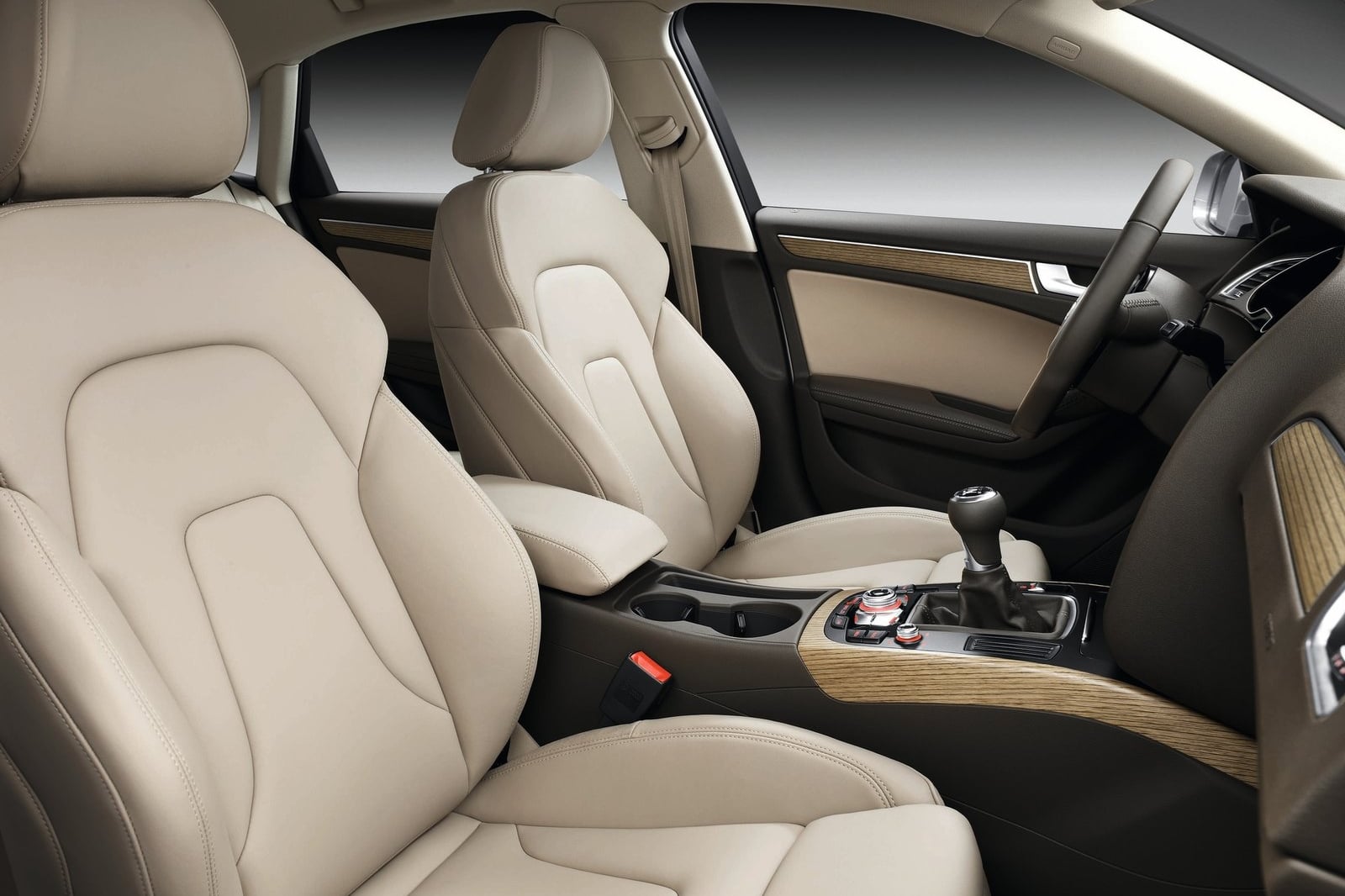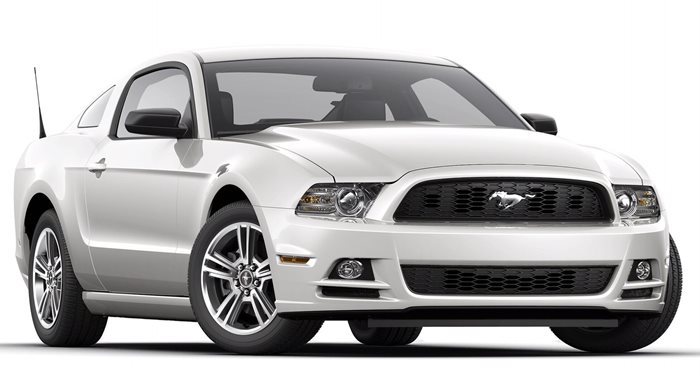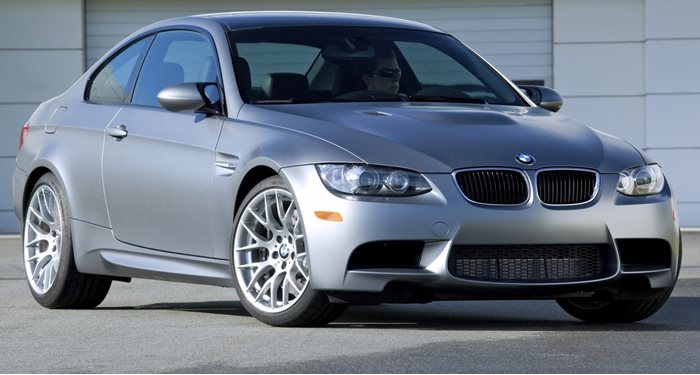2009 - 2016 Audi A4 4th Generations Maintenance and Cost
There's nothing particularly difficult about the Audi A4 4th generation's service schedule, with oil and oil filter changes set at 5,000-mile intervals by the manufacturer. We strongly recommend sticking to this interval, especially due to the demands made on the lubrication system incurred by the direct-injection system. Oil-sludge formation in the sump is a known issue on both the 2.0T and 3.2 engines, and the only way to avert this is by frequent replacement of the oil.
For Audi A4s with the Multitronic CVT, Audi recommends the replacement of the transmission fluid and its filter every 35,000 miles, but we'd replace them even sooner. 30,000 miles should be regarded as the upper limit between CVT fluid changes to maximize the service life of this rather temperamental transmission. The manual gearbox needs no servicing, and there are almost no owner reports of 2009-2016 Audi A4 B8 clutch problems. The manual gearbox will only need new fluid in the event of it developing an oil leak.
The automatic transmissions used by the B8 Audi A4 are supposedly sealed for life, but we recommend fluid changes for these ZF gearboxes every 60,000 miles to help you steer clear of 2009-2016 Audi A4 automatic-transmission problems. This is quite an involved job, and includes removing the gearbox oil sump to replace the filter within, but it is well worth doing to avoid Audi A4 B8 gearbox problems.
The spark plugs should be replaced every 55,000 miles, which is a convenient interval because it coincides with the engine's air-filter replacement interval. Audi says that the spark plugs should be good for 60,000 miles, but seeing as the air filter needs to be replaced just before that, it may be easier just to do them both at the same time.
The pollen filter is scheduled for replacement every 15,000 miles, but we'd recommend cutting this interval in half, along with the engine air filter's replacement if the vehicle is used in dusty (or other extreme) driving conditions. Brake fluid must be replaced every two years, regardless of mileage.
Pre-facelift (2009-2012) Audi A4s have hydraulic power-assisted steering, and these cars will need a power-steering fluid replacement every 75,000 miles to avoid Audi A4 B8 steering rack problems. 2013-2016 A4s use electric power assistance, which doesn't need any fluid changes or other attention. All engines used in the B8 Audi A4 range employ chain-driven camshafts, so the only belt to worry about will be the serpentine drive belt - inspect it with every service, and replace it as soon as you see hairline cracks appearing in the rubber.















 Acura
Acura
 Alfa Romeo
Alfa Romeo
 Aston Martin
Aston Martin
 Audi
Audi
 Automobili Pininfarina
Automobili Pininfarina
 Bentley
Bentley
 BMW
BMW
 Bollinger
Bollinger
 BrightDrop
BrightDrop
 Bugatti
Bugatti
 Buick
Buick
 Cadillac
Cadillac
 Caterham
Caterham
 Chevrolet
Chevrolet
 Chrysler
Chrysler
 Dodge
Dodge
 Ferrari
Ferrari
 Fiat
Fiat
 Fisker
Fisker
 Ford
Ford
 Genesis
Genesis
 GMC
GMC
 Gordon Murray Automotive
Gordon Murray Automotive
 Hennessey
Hennessey
 Honda
Honda
 Hyundai
Hyundai
 Ineos Automotive
Ineos Automotive
 Infiniti
Infiniti
 Jaguar
Jaguar
 Jeep
Jeep
 Karma
Karma
 Kia
Kia
 Koenigsegg
Koenigsegg
 Lamborghini
Lamborghini
 Land Rover
Land Rover
 Lexus
Lexus
 Lincoln
Lincoln
 Lordstown
Lordstown
 Lotus
Lotus
 Lucid Motors
Lucid Motors
 Maserati
Maserati
 Mazda
Mazda
 McLaren
McLaren
 Mercedes-Benz
Mercedes-Benz
 Mini
Mini
 Mitsubishi
Mitsubishi
 Nissan
Nissan
 Pagani
Pagani
 Polestar
Polestar
 Porsche
Porsche
 Ram
Ram
 Rimac
Rimac
 Rivian
Rivian
 Rolls-Royce
Rolls-Royce
 Spyker
Spyker
 Subaru
Subaru
 Tesla
Tesla
 Toyota
Toyota
 VinFast
VinFast
 Volkswagen
Volkswagen
 Volvo
Volvo